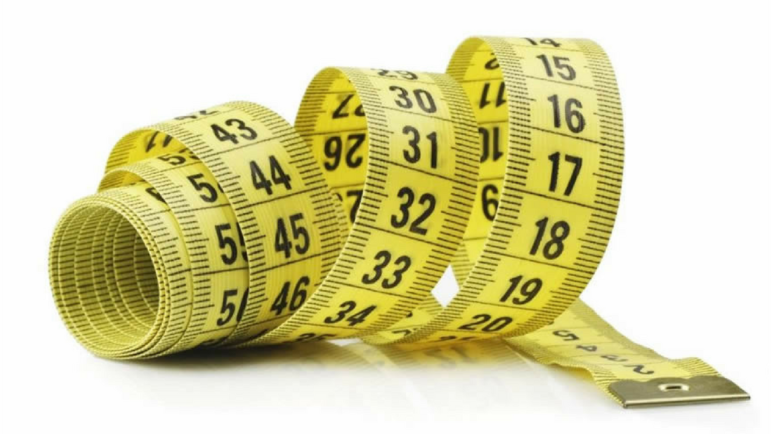If you read our blog regularly, you know that low-value care — medical interventions that don’t provide a net benefit to patients — are ubiquitous in health care and a significant source of wasted spending. Medical overuse is not just wasteful, it can be harmful. However, we know less about the frequency at which patients are physically harmed by low-value care.
A new study in JAMA Internal Medicine shows that harm from certain low-value services is alarmingly common. In the study, researchers analyzed the rate of hospital-acquired complications that occur when patients receive low-value care services. They analyzed more than 9000 episodes of 7 specific low-value procedures that require hospitalization, to measure any added risks from doing the procedures.
Unsurprisingly, putting patients in the hospital to perform these unnecessary procedures exposed them to potential complications. All of the low-value care procedures studied resulted in some patients suffering a complication, even lower-risk procedures like knee arthroscopy and colonsoscopy.
In total, 1.5% of patients had a complication, but this rate varied widely depending on the procedure. For example, four procedures (spinal fusion, endovascular repair of abdominal aortic aneurysm, carotid endarterectomy, and renal artery stents) had complication rates above 7%. For endovascular repair of abdominal aortic aneurysm, the rate of complications was 15%.
In a previous study, researchers Adam Elshaug and colleagues found that there are 0.1 carotid endarterectomies for asymptomatic patients performed per 100 Medicare beneficiaries. This means that there are nearly 4,000 complications from unnecessary carotid endarterectomies each year. For renal artery stenting, it’s even worse; there are an estimated 14,960 complications from unnecessary renal artery stents each year.
The harm demonstrated in this study is just the tip of the iceberg of potential harm from overuse, as there are many more than seven commonly-used low-value procedures. “The full burden of low-value care for patients and the health system is yet to be quantified,” the authors write.
